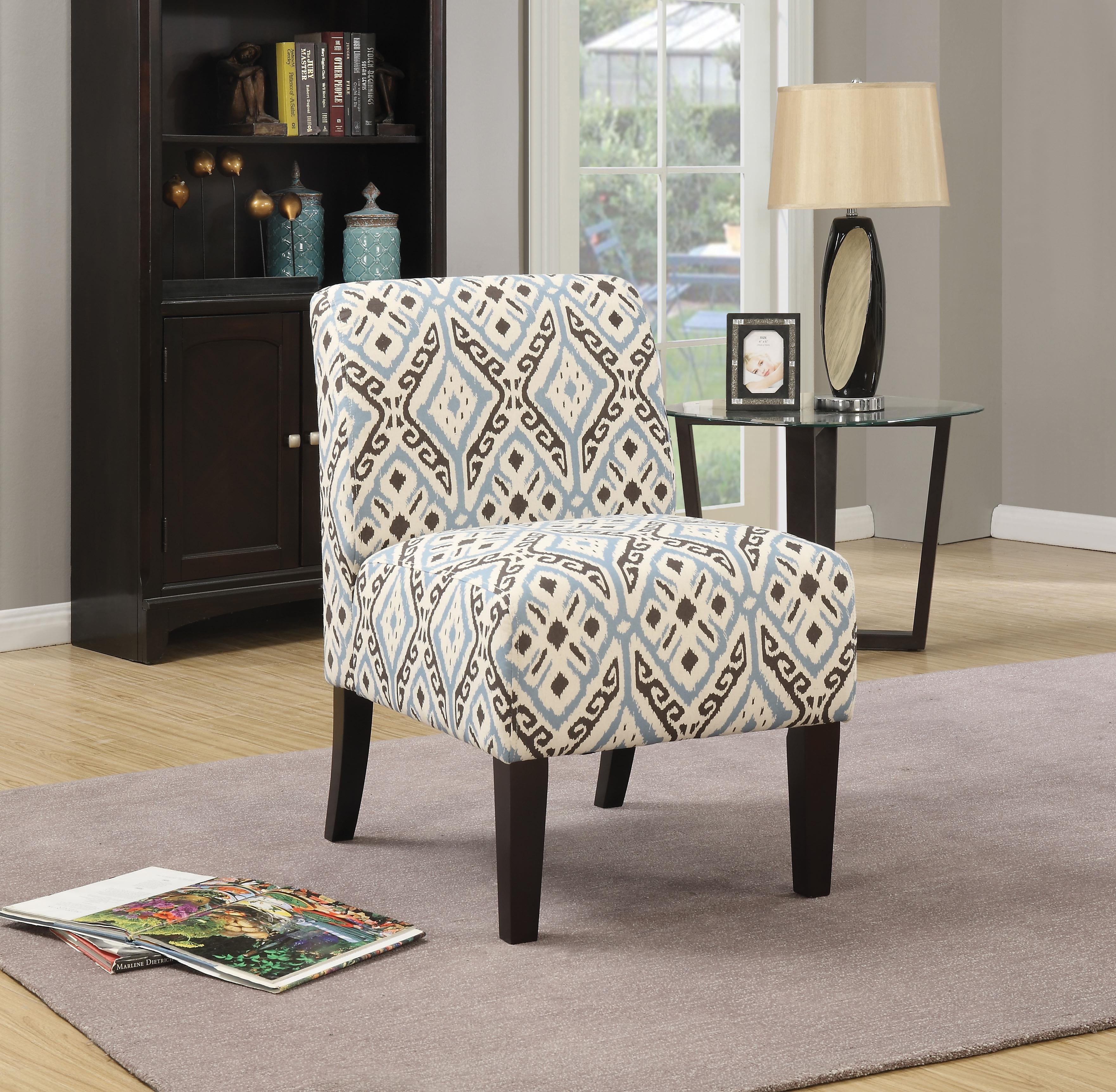Marketing & Sales of Patterned Upholstered Desk Chairs

The successful marketing and sales of patterned upholstered desk chairs require a multi-pronged approach, targeting diverse customer segments with tailored messaging and highlighting the unique benefits of this product category. Understanding the specific needs and preferences of each target market is crucial for effective campaign development.
Patterned upholstered desk chair – Effective marketing strategies must resonate with the target audience’s lifestyle, aesthetic preferences, and professional environment. Highlighting both the functional and aesthetic aspects of the chairs is key to maximizing appeal and driving sales.
Marketing Strategies for Patterned Upholstered Desk Chairs
Tailored marketing strategies are essential for reaching diverse customer segments effectively. The following strategies target both home office and corporate settings, leveraging different marketing channels and messaging to maximize impact.
- Home Office Market: Focus on online advertising (Instagram, Pinterest, targeted Facebook ads) showcasing the chairs’ aesthetic appeal and comfort features. Emphasize work-from-home solutions and creating a stylish and productive home workspace. Collaborate with home decor influencers for product reviews and sponsored posts. Offer exclusive online discounts and promotions.
- Corporate Market: Target businesses through direct sales, attending industry trade shows, and B2B online marketing. Highlight the chairs’ durability, ergonomic design, and potential to enhance employee well-being and productivity. Provide customized solutions for bulk orders and offer corporate branding options.
- General Market: Utilize a blend of online and offline strategies, including print advertisements in relevant magazines, partnerships with interior design firms, and participation in local home shows. Develop a strong brand identity that conveys quality, style, and comfort.
Key Selling Points of Patterned Upholstered Desk Chairs
The success of patterned upholstered desk chairs hinges on effectively communicating their multifaceted appeal. Functionality, aesthetics, and productivity enhancement are key selling points that should be emphasized in marketing materials and sales interactions.
- Enhanced Productivity: Comfortable seating directly impacts focus and concentration, leading to increased productivity. Ergonomic features, such as adjustable height and lumbar support, further enhance this benefit.
- Aesthetic Appeal: Patterned upholstery adds personality and style to any workspace, transforming a functional piece of furniture into a design statement. A wide variety of patterns and colors caters to diverse tastes and complements various interior design styles.
- Improved Comfort and Ergonomics: High-quality upholstery materials provide superior comfort, reducing fatigue and promoting better posture. Ergonomic design elements further minimize strain and support healthy working habits.
- Durability and Longevity: Investing in a high-quality patterned upholstered desk chair offers long-term value. Durable construction and resistant materials ensure the chair withstands daily use, providing a worthwhile investment.
Rewritten Article for a Younger Demographic
The following is a rewrite of a sample article (not provided, so a hypothetical example is used) to appeal to a younger audience. The original article is assumed to be dry and technical; the rewrite focuses on a more conversational and relatable tone.
Original (Hypothetical): “The ergonomic design of the Alpha model incorporates lumbar support and adjustable height mechanisms, ensuring optimal spinal alignment and user comfort. The high-density foam cushioning provides lasting support and resilience.”
Rewrite: “Forget stiff backs and aching necks! The Alpha chair is seriously comfy. It’s got all the right stuff for your spine—adjustable height and awesome lumbar support—so you can power through your workday without feeling like a pretzel. Plus, the super-dense foam means this chair’s built to last.”
This rewrite uses informal language, active voice, and relatable analogies to connect with a younger audience. It avoids jargon and focuses on the benefits directly relevant to their needs and lifestyles. Further rewrites would adapt the rest of the article using similar techniques.
